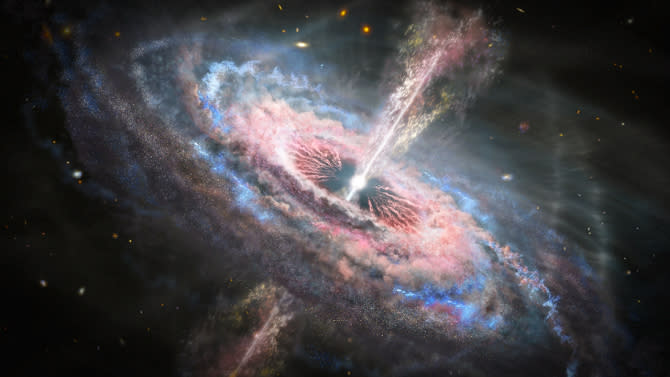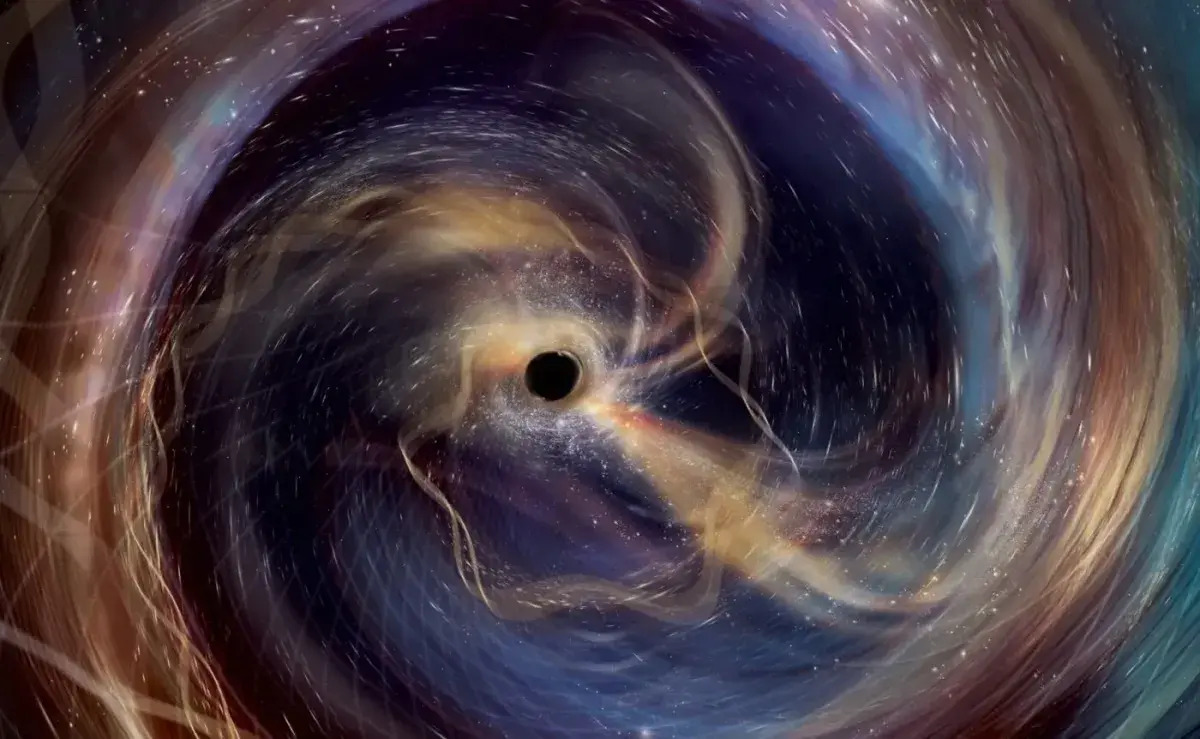Scientists from the Australian National University have published findings that call into question basic understandings of the nature and behavior of black holes. Their paper argues that many black holes, including the supermassive black holes believed to be at the center of galaxies, may be significantly lighter than previously believed.
This has significant implications for theories of the early universe and for how that early universe led to the one we see around us today.
Black holes are a sort of end state for matter in the universe. This means that they are fundamentally connected to experiments looking to discern the nature of that universe. Their characteristics have long been used to set limits on the possibility space for the early universe; if black holes are like this now, then the universe that gave rise to them must have been like that.
That’s especially true of supermassive black holes, which are thought to be so massive that they challenge theories of how the universe could possibly be the way we observe it to be. Below is a previously produced animation of the supermassive black hole this team first discovered, and has since imaged in detail.
What if, though, some of the most fundamental measurements of black holes, especially those measurements that motivate inferences about the early universe, were wrong? What if they were off not by a small margin, but by a large one?
The team used new optical equipment at the European Southern Observatory to magnify the light from an incredibly luminous quasar, J0529-4351. They could see the quasar belching out large amounts of gas. This finding has allowed them to recalculate the mass of the supermassive black hole as less than a tenth of what was previously believed.
These lower masses would make it technically possible that supermassive black holes originate from collapsing stars in the early universe, much the same way that modern black holes form. Classically, the largest supermassive black hole masses are thought to be too massive for that to be a possible origin, requiring the creation of alternate mechanisms of early black hole formation.

quasar drawing/render
Credit: NASA, ESA and J. Olmsted (STScI)
The implication is that this could explain all supermassive black holes without the need for such alternate mechanisms.
However, this observation still leaves many mysteries unsolved. Even though it could help explain the mass of supermassive black holes by revising those masses downwards, it still can’t account for their apparent growth rate. But if it can be confirmed as a generalized fact about all supermassive black holes that they actually weigh far less than previously believed, then many of the perceived problems with them will fall away.
It turns out that the universe might defy classical physics by a smaller margin than we’d been coming to believe.
